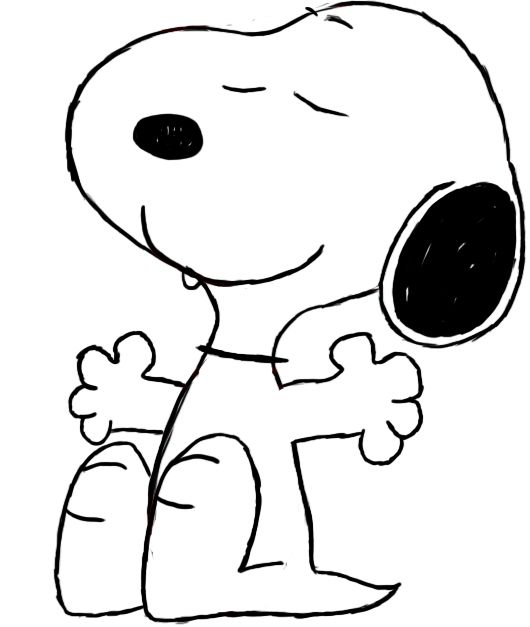Cute Flower Drawing For Kids | Flower Drawing For Kids Tutorial
Drawing For Kids Are you looking for a painting undertaking that everyone will approve of? Ideal for elementary school students is this Georgia O'Keeffe-inspired floral painting activity.
All the comments we offer are our own, and we only recommend products we would personally purchase. Drawing For Kids might receive a small commission at no additional cost if you click on any of the affiliate links in this post. View the entirety of our privacy policy here. With children, discussing and delving into O'Keeffe's floral paintings could be Easy Drawing For Kids enjoyable. Her illustrations inspire young kids to draw large and reconsider composition.
Simple Drawing of a Flower
When discussing her painting, have kids notice how some of the petals are zoomed in. This is a fantastic way to introduce composition while demonstrating how to use the entire page.
Even the youngest students can identify the compositions from typical floral art.
A small child can sketch an observation from life. It might be more challenging if the entire class is working on this project. But a good place to start is by drawing their attention to the more subtle aspects of nature and flowers.
Simple Flower Resist Painting Creation:
The youngsters who provided the samples for this post are 5 and 6 years old. This practice might be recreated with the youngest kids, or older artists could create more drawings based on observation.
Suggested sources:
- Sharpies should be used with 12 x 18-inch sheets of sturdy drawing or watercolour paper.
- Oil-based pastels (these are the ones that will last all year with your children).
- Palettes for tempera cakes or watercolour paints.
- An explanation of examples
- To make my sketches more visible to the kids, I always use Sharpie. However, before adding an outline, I suggest that your young children sketch in pencil.
Simple Flower Drawing Methods
Mark the centre:
- The centre of the flower should be sketched. Encourage the centre to be placed in different spots or with different shapes.
- The core of a flower as a sketch.
Petal Sketch:
- Make some of the petals reach over the edge of the page. If a child's drawing is too little, they can easily add another flower or round of petals.
Petals of different diameters overlap:
- Demonstrate how to layer petals and provide examples of overlapping petal forms from the actual world. You could even give examples of radial symmetry in natural settings.
- See our comprehensive guide to radial designs in this radial symmetry course.
Include Particular Extra Information:
- Find out what else a bloom may contain. Seeds? Butterflies? Ladybug
- A floral pattern is adorned by the hand of a small child.
- Optional: Outline with a permanent black pen.
- After the pencil drawings are finished, use a large marker.
- I like utilising Marks.
- When drawing these on 12 x 18 sheets of white drawing paper, use large markers to create a thicker line. This five-year-old thickened some of the lines with a regular permanent marker.
- Some of the little girl's drawings of flowers have darker, bolder black lines.
Flowers Can Be Colored With Oil Pastels:
- If you wish to take this further, you might offer youngsters time to learn through exploration or discovery.
- Please let them combine different colours to determine their preferred colour scheme.
- Please advise them to fill some spots with those colours while leaving others unfilled in the flower petals. In the open areas, the paint will "stick".
- Softer, the Crayola oil pastels will also work. They are great additions to your home supply library for art materials.




Comments
Post a Comment